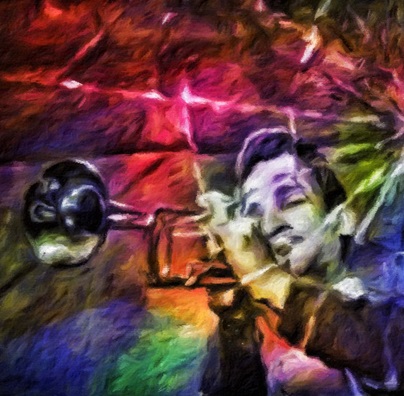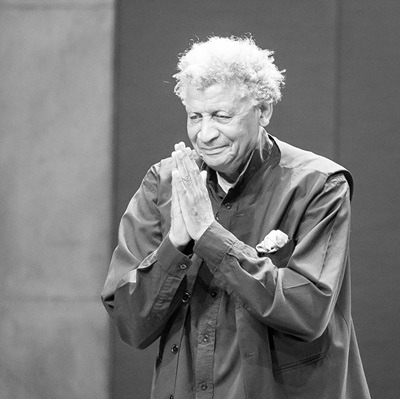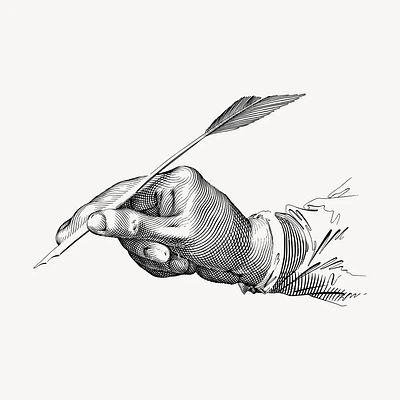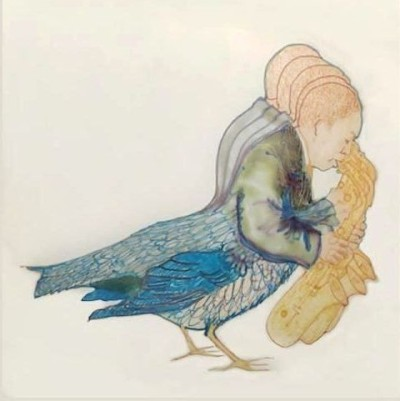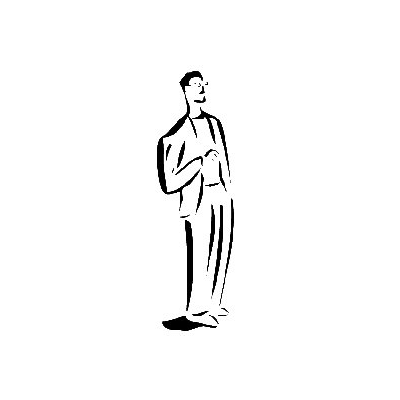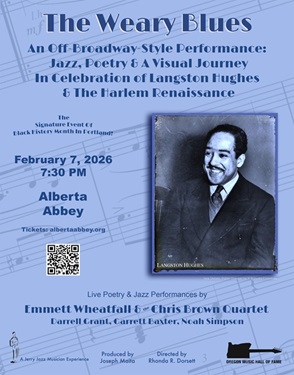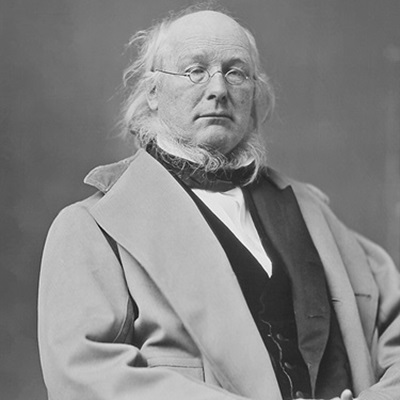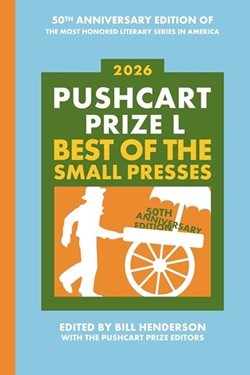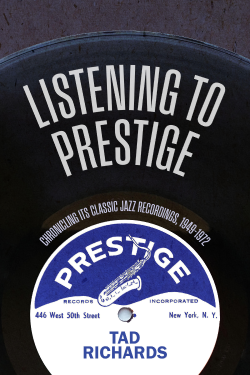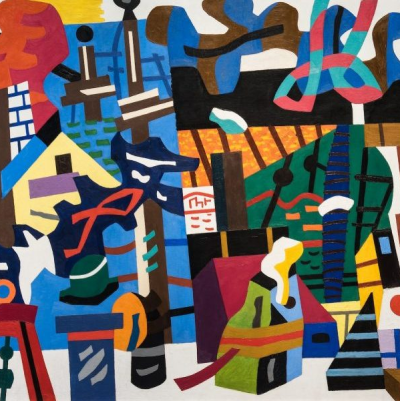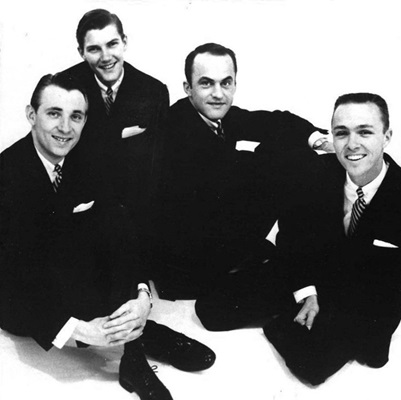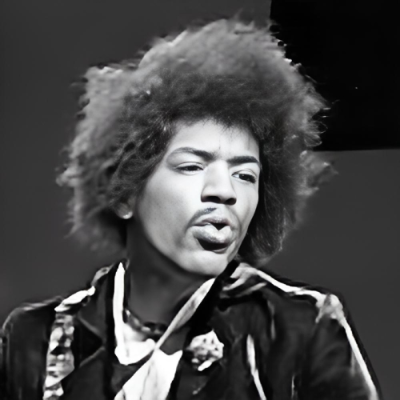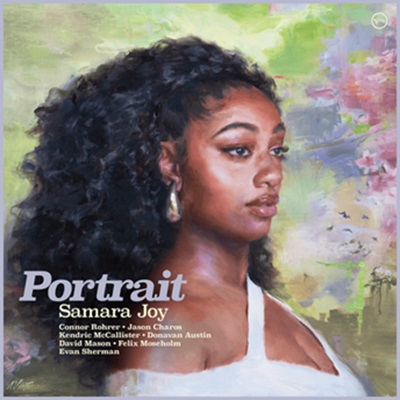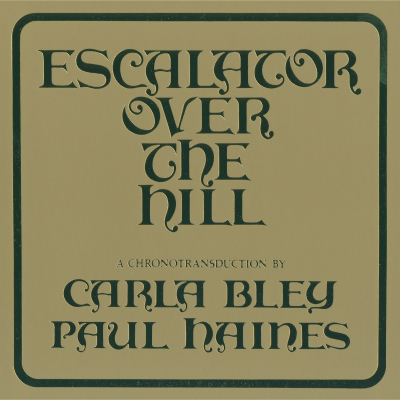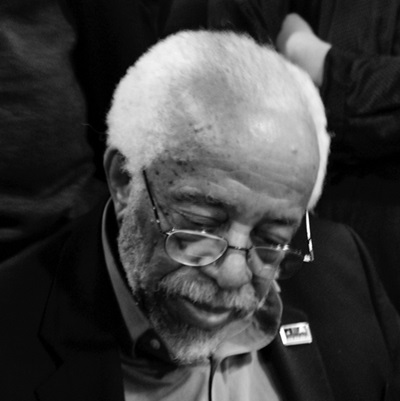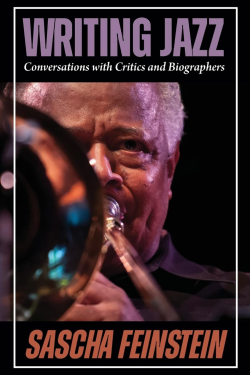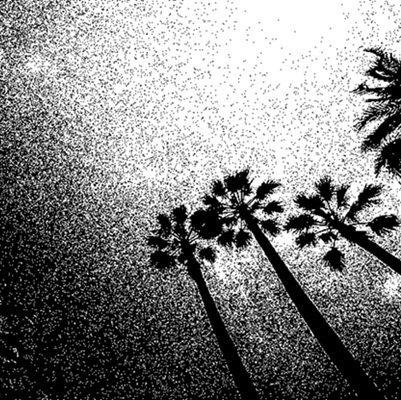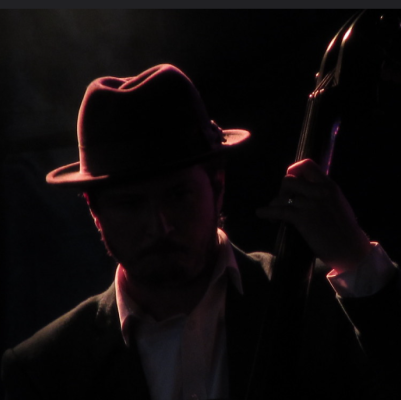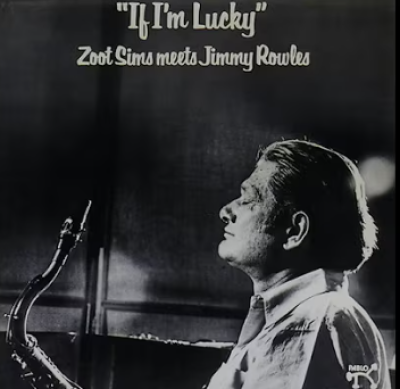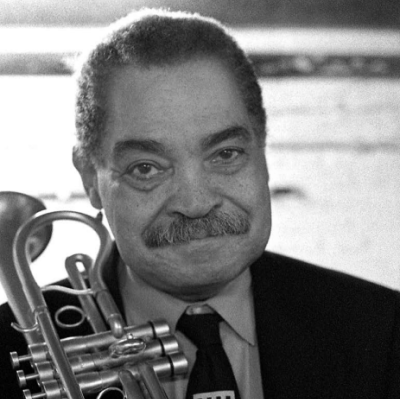.
.
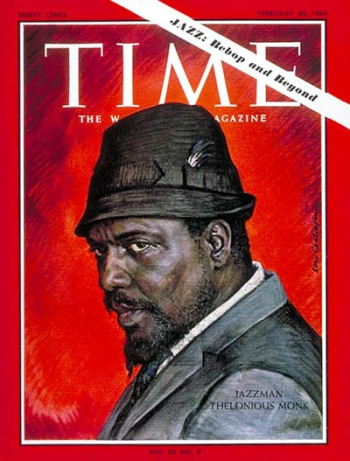
Thelonious Monk on the cover of Time; February 28, 1964
.
___
.
The Cloth Coat
by Ray Robinson
.
…..We’re going through Security at Dublin airport, headed to Philadelphia, thinking about what’s ahead of us. There’s something sinister about lines of people queuing up to be processed. Nobody likes it. Belt, jacket, phone, laptop, wallet. Do they need my shoes? Everyone feels displaced, dehumanized somehow.
….. I’ve been aware of a figure in the queue before me. She’s young, but not that young, with very pale complexion, a tall, slightly androgynous shape dressed in black, under a cloth coat. It’s the coat that has caught my eye, I’ve been staring at it. It seems out of place, somehow, a dogs-tooth check in black and muted camel, worn long, longer than need be, in what looks like a tweed. How old is that coat?
….. We place our things in plastic trays and pass through a great glass tube, a machine that looks through our clothes, our arms held above our heads, palms forward in surrender. I think about all the check-in bags, heavy with cheap, synthetic stuff churned out by under-paid people across the globe, too much stuff costing too much to be carried across the Atlantic. Most of the people heading to their flights seem anonymously turned out, in shoes that can’t be polished and clothes that give no real sense of who they are. Maybe they want to be comfortable on the flight. When did clothes become sporty and sloppy?
….. The first time I crossed over, it was to JFK. It was special, they gave you free brandy in case you were nervous of flying. Passengers were made to feel special, even in the standard seats. When I got downtown, I joined up with my Dublin friends and we drank Transatlantic Reunions. It was grand. This trip, we’ll be crammed in, fed desultory food and made to pay for any extras.
…..We’ll have pre-clearance here in Dublin, the start of America, the accents and the uniforms and checking of documents. What is the purpose of your journey, Sir? Visiting a child, it’s nearly Christmas, we’re bearing gifts, for our grandson, nothing threatening to the States. We wait at the other side of the X-ray machine for our trays to come through. Brenda is better at this stuff than me. She looks after the passports, the print-outs that we need to get us there, the bookings. She has already booked on-line for a night in Chris’s Jazz Cafe to see a singer, Joanna Pascale.
….. I have a thing for lady singers. It started out when I was seventeen, over in London for the first time from my home in Belfast with some of my chums, really just a bunch of boys with mad ideas about nightlife. We headed to Soho, to the clubs. I suggested Ronnie Scott’s. They looked at me askance, they had more worldly destinations in mind. We ended up in a clip-joint where the doormen tried to get far too much money from us to watch women wearily removing their clothes to a recording of Tom Jones singing “What’s New, Pussycat?” Later, when they wanted to go on somewhere similar, I left them to it and headed to Ronnie’s. The doorman was wearing a very smart shiny grey suit. I assured him that I wasn’t there to be relieved of my money, I just wanted to hear the music, that was all, no extras. He waved me in, reassuring me with “That’s what we serve!” Thinking back, that must have been the first time that I spoke to a Black person.
…..I found myself listening to a lady named Blossom Dearie, no sidemen, just her playing piano and singing gently into a microphone in the darkness. She sang about “Sweet Georgie Fame” and “The Surrey With the Fringe On Top,” and she seemed to be singing to me alone. She was like a Sybil in some ancient, smoky cave delivering predictions to the privileged few. The possibilities of life opened up before me and I felt blessed. I have a thing for Diana Krall but my favourite has been Shirley Horn, whose work was so admired by Miles Davis.
…..I see the woman ahead of me reach into her tray to get her things. I’m too old now to be reticent. I’m holding up my jeans by the waist-band, beltless, I’m in sock-soles and with my wife. I’m hardly a threat to anyone. I’m harmless.
…..“I’m admiring your coat.” I say.
…..“Well, thank you.” She sounds pleased. She’s beaming. We’re all suddenly human again.
…..“Is it Irish?”
…..“I don’t know, I bought it in a thrift store in Manhattan.”
…..My oh my, she didn’t say New York, she used the old tribal name for the place. I have a better idea now of her place in the world. And the coat has a history now, just as I’d wondered, a vintage, statement piece. I have a vision of winter nights in the Metropolis, of clubs and cocktails, of coloured lights, conversation, opera and jazz. We go on to pre-clearance in better humour.
….. A week later, we are wending our way through downtown Philadelphia. Now, Philly is a remarkable place, cradle of American democracy. Everywhere you go, there are statements writ large on the walls, about Freedom, Equality, Democracy, Freedom from Bigotry. The Founding Fathers had a great notion of themselves and were masters of political spin. The reality wasn’t quite so rosy, particularly if you weren’t white.
….. We go past a landmark at Eighth and Market. The Lit building, formerly a department store and milliners, has preserved this message in bronze lettering: “Hats Trimmed Free of Charge.” It reminds us of a time when hats made a statement, when everyone would have shunned being seen outdoors without one. The Lit brothers made money on the deal and in a good cause. If you bought a hat, they would customize it and make it a unique statement about its wearer. It was a million miles away from today’s red baseball cap.
….. Our destination is heralded by a large vertical neon sign: JAZZ. That’s what they serve! We go in to a noisy, happy-hour crowd arranged around the bar and are ushered to our table. We order drinks and dinner. We’re just a few feet from the piano and a microphone stand. Musicians come and go with charts and music stands and chairs. The air is heavy with expectation. A woman comes over wearing a raincoat over her outfit but she has diamante on her shoes.
…..“Are you the lady singer?” I say. Still no reticence on my part.
…..“Yes.”
….. I tell her about people I’ve seen, like a concert in a cinema in Dublin decades before, with Sarah Vaughan and some very fine musicians. “Autumn in New York” was a standout. I don’t mention the fact that the occasion fell a little flat. The music needs the right venue for the magic to happen. I tell her about seeing Monk in the Village Vanguard in 1972, wondering if, in my excitement, I’m not beginning to sound like a nostalgic character from a James Joyce short story, with tales of music from long-forgotten times. I tell her that we’ve come over from Ireland especially to see her, which is both true and not true. She is very charming, guarded, capable, in charge, preparing herself for performance. I don’t tell her what the Vanguard concert was like that night; it was too sad.
….. Whatever happened to the music? I had become aware of Thelonious Monk from a battered copy of Time magazine that I’d found in my dentist’s waiting room. It was a break-through for a jazz musician to be given such recognition. It was a big thing at the time. I had heard one or two of his more transparent recordings and had attempted, in my own fashion, to pick them out on the keyboard.
….. Once again, none of my Irish friends in New York were keen to go to see him. There was a cultural barrier that they wouldn’t or couldn’t bridge. I was living among people there who were fans of the dreadful Clancy Brothers and supporters of NORAID, donating funds for insurrection in the North. Even Bob Dylan, who was viewed as a God by many people at the time, loved the Clancy Brothers and their mock-Irish songs.
…..I went alone. The place was cold, run-down looking, empty. The white wine I asked for was poured from a plastic jug. A man came in and sat on the other side of the room from me. He had an Irish look to him. His body language suggested that he didn’t wish to talk. I fancied that he might have been Eddie Egan, one of the last remaining characters of old Broadway but that is another story.
…..Monk entered surrounded by a coterie of young people dressed in white robes and wearing coolie hats forming a protective fairy ring around him and escorting him to the piano. Hats were essential to his vibe, he was wearing a Russian model. When he’d finished his set they reappeared as if by magic and escorted him off the scene. I had wanted to speak with him but this wasn’t to be. All the music I heard that night was cacophonous and meaningless to a newcomer like me. Above all, it was angry, very angry. What had happened to the music?
….. It was vulnerable to begin with. It was at once the most spontaneous free-flowing music around and also the most learned. That’s a difficult combination to sustain. How did it come about that this man who had been at the forefront of all this invention and life, playing in one of the most famous clubs in the world, was tonight playing for an audience of two? The music had been damaged: damaged by rock music which could pull in audiences of many thousands to big venues; damaged by the false allure of heroin; damaged by the careless swing of an Irish cop’s nightstick; damaged by injustice and changing times. The places where it had flourished had closed. The music was obliged to go further underground; for some musicians, this meant going into academia. “Professor” was no longer an ironic reference, particularly for pianists.
….. As we finish our meal, I begin counting musicians. I can’t believe it. Front row, five saxophones, second row, four trombones, back row five trumpets, then double bass, drums, piano. I hadn’t bargained for this. I count seventeen. That’s a magic number. That’s like Duke Ellington’s band. There’s more shifting and moving and scraping of chairs; this is a tight fit to get everyone in and with enough space to play. Amidst the shuffling I hear a quiet voice saying, “Ah-one, Ah-two, A one two three four.” The sound nearly blows us backwards off our seats. They are galvanized into action, rehearsed, clear, powerful, together, playing brand new material specially written. Miss Pascale is magnificent, not sleek and demure, but a strong musical presence.
….. There is only one non-white face among the musicians. Middle front row, saxophone. He is a rookie, the youngest player. He doesn’t look more than about seventeen but he deserves to be here. They don’t give him more than half-a-solo all night but that’s because they are mentoring him, shielding him. I’d bet that a lot of the older guys are music teachers somewhere. I could sit and watch that young man’s face all night. It is worth the journey just to see how pleased he is. There is nowhere on the planet that he would rather be at this moment. He is having a ball. The music is regenerating itself. We leave the place refreshed and make our way to the Patco through the cold.
….. When we get back home I’m haunted by the feeling that there is some link between meeting the woman in the checked coat and our night in Chris’s. I Google and Google. The only thing I can come up with is this reference: “Duke Ellington and his Orchestra recorded ‘Black and Tan Fantasy’ in 1927 in Camden, New Jersey, a suburb of Philadelphia.” The woman’s coat had certainly been black and tan. Is that why it has stuck in my mind?
….. In Ireland, the Black and Tans are hated. They were a militia recruited from veterans of the First World War who attempted to overcome the Rebellion. Their uniforms were thrown together in haste, hence their being of different colours. These irregular detachments become notorious for random acts of terror. Duke was obviously not thinking of these men.
….. I Google some more. In the 1920’s a Black and Tan establishment was a place where Black and mixed-race people congregated together to enjoy music. After a few years, the term extended to include white people as well. Would that we could have more Black and Tans, places where good people, regardless of complexion, could gather together to hear the best music in the world.
.
.
___
.
.
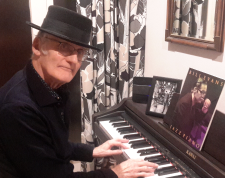
Ray Robinson was born in Belfast, Northern Ireland, in 1947 and grew up in the city. He has published a teenage novel called High School Confidential about his time there. He studied at Trinity College, Dublin before returning to the North to follow a career in teaching and librarianship. From his earliest years he has been passionate about jazz piano. He plays every week in his local Library. Wherever he travels, be it New York, Philadelphia, Cork, Venice, Paris, Edinburgh, he likes to discover the places where music is best performed.
.
.
Listen to the 1957 recording of Thelonious Monk playing “I’m Getting Sentimental Over You” [Riverside/Universal]
.
.
___
.
.
Click here to read “A Quick Kill: A Final Episode Among Brothers” – a true story by J.S. Kierland
.Click here to read a true jazz story, “A remembrance of jazz afficionado Al Summ”
Click here for information about how to submit your own “true jazz story”
.
Click here to learn how to subscribe to the Jerry Jazz Musician newsletter
.
.
.





